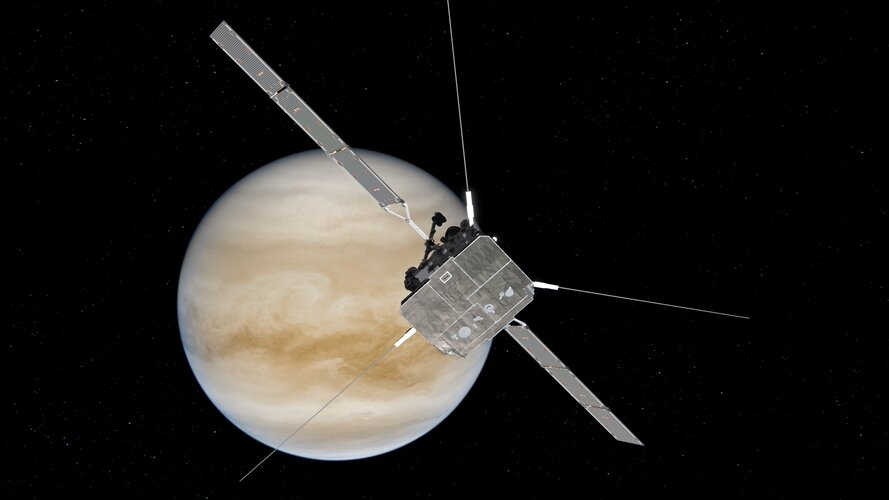

Access the video
Today, 17 December, Solar Orbiter is 235 million kilometres from Earth, and about 10.5 million from Venus. It takes about 13 minutes for signals to travel to (or from) the spacecraft.
Solar Orbiter’s path around the Sun has been chosen to be ‘in resonance’ with Venus, which means that it will return to the planet’s vicinity every few orbits and can again use the planet’s gravity to alter or tilt its orbit. The next encounter will be in August 2021, which is also within a few days of BepiColombo’s next Venus gravity assist. Initially Solar Orbiter will be confined to the same plane as the planets, but each encounter of Venus will increase its orbital inclination. By 2025 it will make its first solar pass at 17º inclination, increasing to 33º by the end of the decade, bringing even more of the polar regions into direct view. This will result in the spacecraft being able to take the first ever images of the Sun’s polar regions, crucial for understanding how the Sun ‘works’, for investigating the Sun-Earth connection and how we can better predict periods of stormy space weather.



